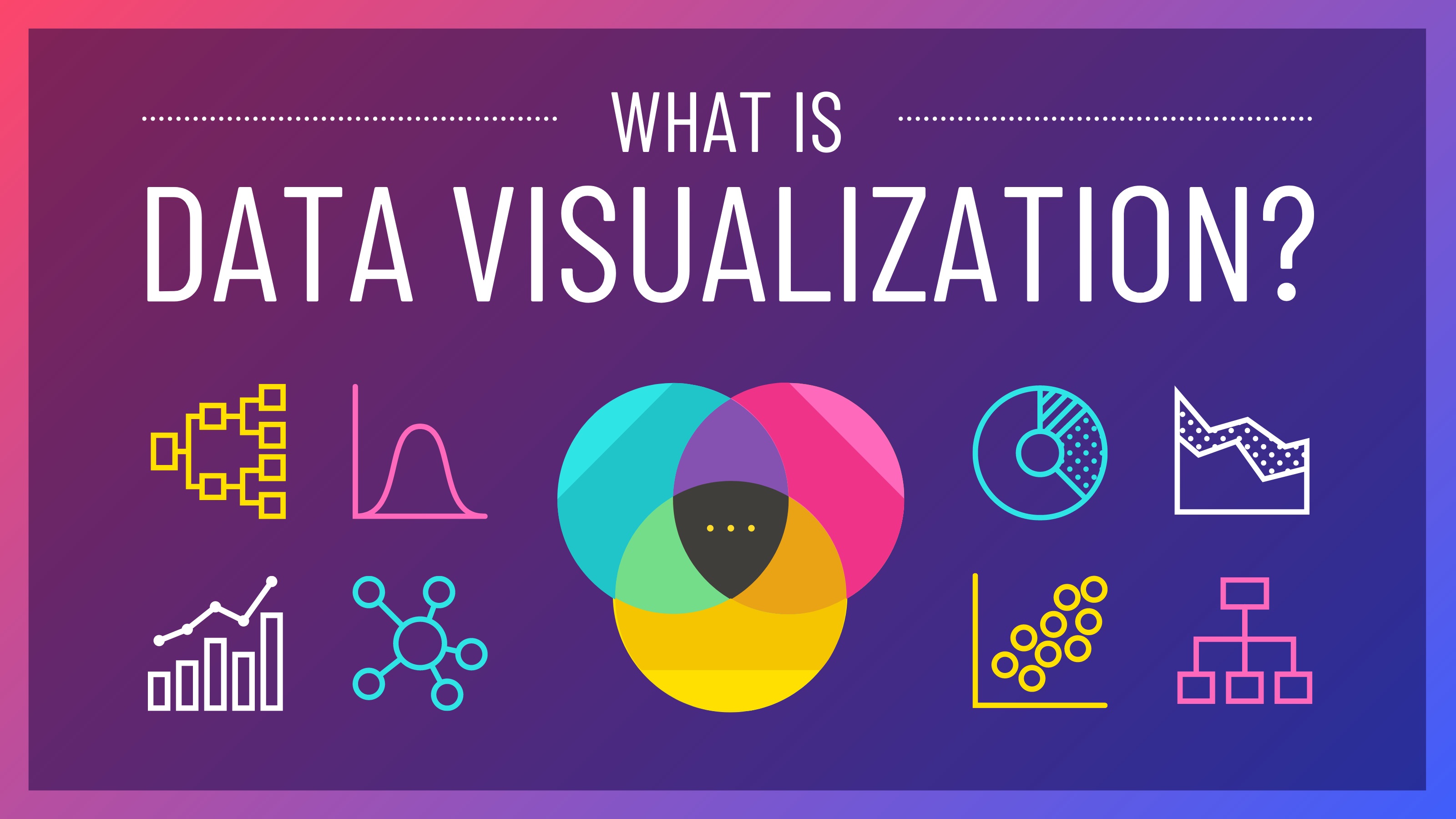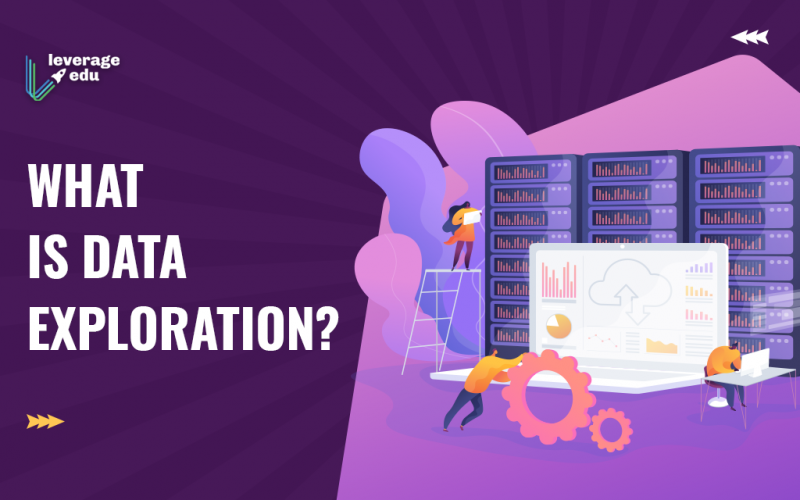Have you ever wondered about Data Analytics? What’s the first thing that comes to your mind when you hear about data exploration? Do you know what data exploration is? As a beginner, it is difficult to understand the Data Exploration meaning and significance. In this blog, we shall be briefly discussing all of it in detail!
This Blog Includes:
Check out our blog on Career in Data Science: Everything You Need to Know
What is Data Exploration?
Professionals belonging to Data Analysis know that data exploration is the initial step, to begin with, the analysis. In this particular step, users generally explore a large set of data in an unstructured way. The purpose of which is to uncover initial patterns, points of interest, and characteristics. This doesn’t involve unravelling every bit of information a dataset holds but getting a broader picture of the important trends and major points that can be studied in great detail.
The process of data expiration includes both manual methods and automated tools like charts, data visualizations, and initial reports. Data is firstly gathered in a large and unstructured way by analysts. They must first develop a comprehensive understanding of data before extracting relevant data for future analysis such as univariate, multivariate, and principal components analysis.
Importance of Data Exploration
Now after reading about data exploration, the question that comes to your mind is why is it considered important. Let’s keep reading to find the importance of the same:
- Humans can process visual data much better than numerical data. Hence, it becomes very challenging for data analysts to analyze and assign meanings to rows and columns without any visual components. So data visualization forms an important part of data exploration, as it provides visual cues to pre-existing data. These visual cues can be – shapes, lines, points, dimensions, and angles- to make data exploration easier for analysts.
- Through data visualization, analysts can easily define the metadata and then perform data cleansing.
- The initial step of exploring data allows data analysts to better understand and visually identify anomalies and relationships that could go undetected otherwise.
- Having said that, data exploration can assist you in reducing your huge fact collection to a reasonable size so that you can concentrate your efforts on studying the most relevant data. It is an art as much as a science. There is the science of delving into and analyzing data. The art lies in understanding where to look and working together to uncover the best solutions to the most pressing problems hidden in the data.
Data Exploration Automated Tools
Traditionally, Data Scientists used manual ways to explore data, such as filtering and drilling down unstructured data into spreadsheets to evaluate the raw data in the hopes of answering possible questions about a business issue. Automated systems prepare extracted data by rapidly examining, evaluating, and refining the data.
For automated data exploration, a wide variety of tools are available. These include data visualization software, data exploration platforms, business intelligence tools and data preparation software, vendors. In addition to these, there are open source data exploration tools too that include visualization features and regression capabilities. These help in integrating the business to enable data exploration.
Data Visualization
The graphical depiction of information and data is known as data visualisation. Data visualisation tools, which include visual components like charts, graphs, and maps, give an easy method to examine and analyse trends, outliers, and patterns in data.

Advantages of Data Visualization
Previously you read about the role of data visualization in data exploration. Now data visualization has certain added advantages in the process of data exploration. Let’s have a look:
- It aids in the development of a plan for your data model
- Gives you a better grasp of the facts
- Provides helpful data insights
- Allows the user to interact
- Real-time analysis is supported
- Assist in making judgments and decisions
- Data complexity is reduced
- Provides information on the links and patterns found in data
- Allows users to communicate more effectively
Tools for Data Visualization
Now that you’re aware of the benefits of data visualization, let’s take a short look at the data visualization tools accessible –
- FusionCharts
- DataWrapper
- Teammate Analytics
- Jupyter
- Adaptive Discovery
- Microsoft Excel
- MS Power BI
- Google Data Studio
- Sisense
- HiCharts
- Dundas BI
- Infogram
- Google Charts
- Xplenty
- HubSpot
- Tableau
- Qlikview
- Whatagraph
Check Our Blog on Career in Data Science
Data exploration in Python
The most popularly used tools for data sciences are – Python and R. Both are open source Data Analytics that is highly flexible. While R is best suited for statistical learning as it has been built as a statistical language, Python is suited for machine learning because of its flexibility for production. However, data analysts must be aware that the process is based on the technologies and tools available and applications being used.
To know more about computer languages, click here!
Interactive Data Exploration
This particular data exploration technique is relatively new but has become of great interest in the department of machine learning. It is still evolving with time. Many common patterns include regression, classification, or clustering. However, various possible patterns and algorithms can be applied to data via machine learning. By using machine learning, one can find patterns or relationships in the data that would be difficult to find through the process of manual inspection, trial and error, or traditional exploration techniques.
This was all about data exploration and its various methodologies. Hope this blog cleared most of your doubts and you must have found this to be informative and insightful. For more such informative content, keep in touch with Leverage Edu! Call our experts if you want to pursue a course in Data Analysis.

 One app for all your study abroad needs
One app for all your study abroad needs






















 45,000+ students trusted us with their dreams. Take the first step today!
45,000+ students trusted us with their dreams. Take the first step today!


